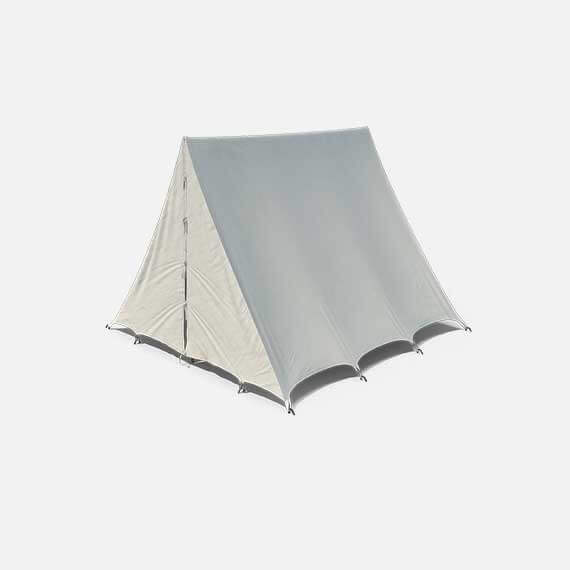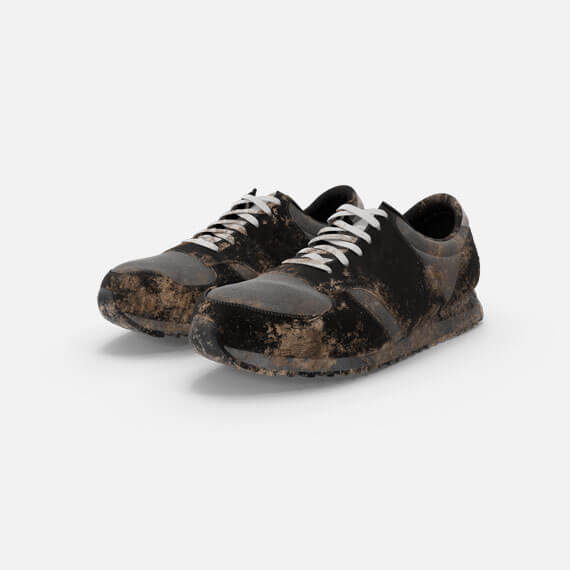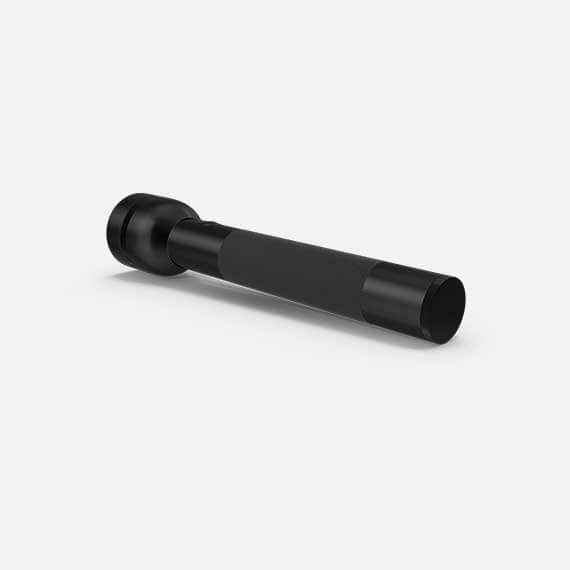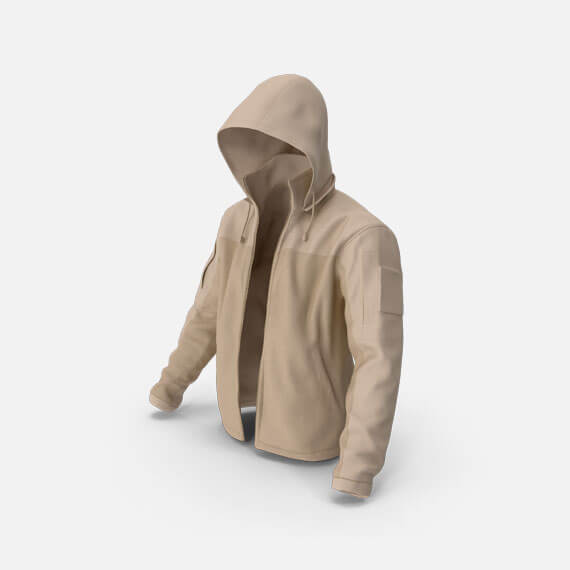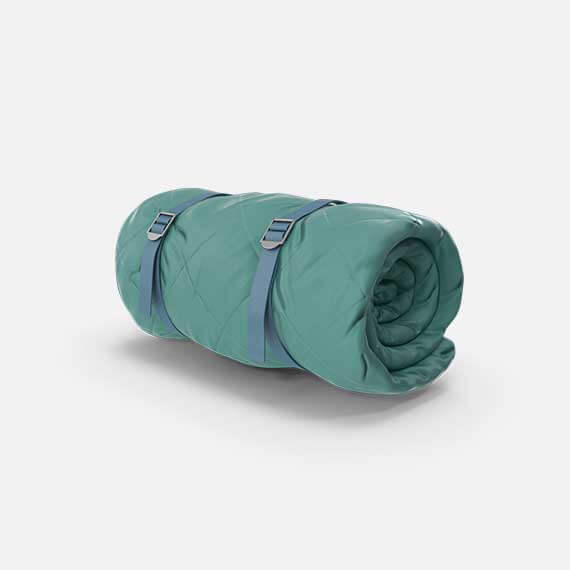





Price: [price_with_discount]
Dog Training Smell Tank Working Dog Smell Identification Tank Search And Rescue Dog Search Tank Dog Training Supplies
The purpose is to cultivate the dog's ability to distinguish the same odor as the olfactory source from several odors according to the command of the trainer and the olfactory odor given by the trainer. Stable, meticulous smell recognition, accurate discrimination.
one. Passwords and Gestures:
Password: "sniff, sniff". Gesture: The right hand points to the discriminator.
two. Plane identification method.
(i) Master scent identification training methods and precautions.
When training, choose a clean, flat, no tempting odor field, let the dog sit down, and the trainer will put one of his own items that is the same as the identification object, let the dog smell it and mix it with the identification object. -10 cm, let the dog take off the title. When the dog retrieves the trainer's item, it should be rewarded in time, and then one item of the owner can be used as the source of smell, so that the dog can identify another item of the owner in the identification. .
During training, the types and placement of items should be changed frequently. When the dog is holding the wrong item, mechanical stimulation and the "No" password should not be applied. The dog should be patiently guided to re-sniff, and the "good" password should be encouraged and rewarded continuously.
(ii) How to identify the smell of others and matters needing attention.
⒈Training method: Use two objects of others as the source of smell and the object to be sought. After the object as the source of smell, let the dog smell it, throw it away from the dog and let the dog sniff the object and retrieve it. Put the object into the identification object, and let the dog identify the object according to the olfactory source. When the dog has difficulty with the above identification transition method, it can use the accessories without infectious odor for training. When the dog is detected, the dog should be recalled, smell the source of smell again, and then identify it. The identification object that is wrongly titled by the dog should be replaced in time, and the training should not be too frequent, so as not to make the dog feel bored.
⒉ Notes during training:
① The requested items that have been identified cannot be used in the next training.
②The selected identification items must not have a tempting smell.
③ The concentration of the smell of the various items used should be roughly similar to prevent the formation of bad connections when dogs are identified.
④Do not let the dog smell the third party or other accessories before identification.
(iii) A discriminative training method under complex conditions.
⒈ Discrimination training for trainers who do not know what they are looking for: The source of smell and the shepherd do not know what they are looking for. Others place the items and let the dog identify them. The trainer judges whether the identification is correct according to the dog's expression and grasps the normal response of the dog.
⒉ Identification of the odor of different parts of the human body: In order to enable the dog to identify the odor of another part of the human body according to the odor of a certain part of the human body. The desired object should not be placed in the identification object, and the training should be started by identifying the smell of the adjacent parts of the human body, and then put the object identification.
3. Negative identification: Do not put the desired object in the identification, so that the dog will not respond without the same smell and return to the trainer. The trainer should strengthen the reward for the dog. In order to prevent bad contact, it is necessary to ensure that each training is successful. Failure, but the number of training should not be too many, and should be interspersed with other training subjects.
⒋Infected odor identification training: use clean gauze to attach the smell of an item to infection, use it as an olfactory source, and then identify it. After training, it can achieve the same effect as the original object as an olfactory source. Using this method, It is beneficial to multiple identifications under the same conditions and repeated identification of multiple dogs.
(iv) Methods and precautions for identification in the tank.
In order to keep the identifier from being damaged by the dog, the identifier can be put into a can. Differentiating responses to the reaction situation of dog picking, barking, lying down instead of fetching. This training should be carried out on the basis of the conditioned reflex of plane discrimination. The precautions for identification in the tank are basically the same as those in the plane identification. In addition, it should be noted that the identification tank should be kept clean and cleaned after each use. Items placed in the tank should be prevented from coming out. When a dog identifies an item, it is best to have one set of the sniffing source tank and the requested tank for each dog, and it is not advisable to mix them to prevent bad connections.
three. Things to keep in mind while training:
⒈Do not mechanically stimulate the dog in the form of identification.
⒉ The identified environment requires quietness, cleanliness, no wind and rain, and no peculiar smell.
3. During identification training, the reward to the dog should be timely, appropriate and sufficient.
⒋ The same form, smell and place should not be trained too many times.
⒌The training of each identification must be successful to enhance and encourage the dog's interest in identification.
⒍The progress of training to identify smells should be strictly controlled by oneself, and the increase and decrease should be adjusted appropriately according to the actual situation, so as to be aware of it, it should be based on scientific training and seek truth from facts as the criterion.














